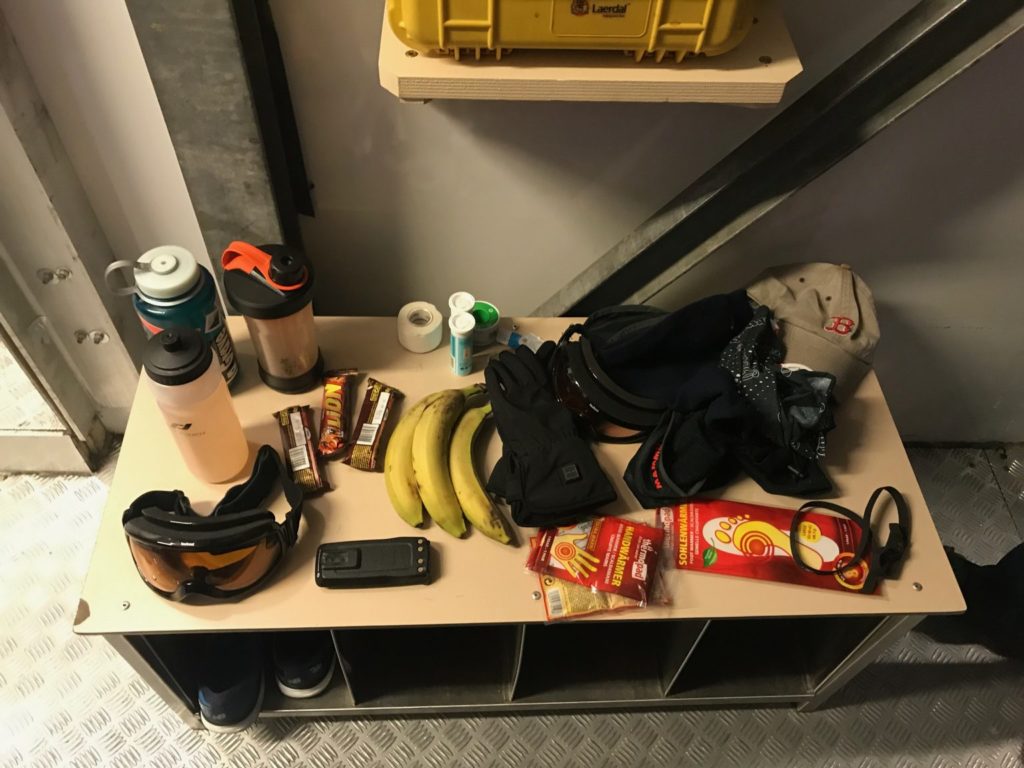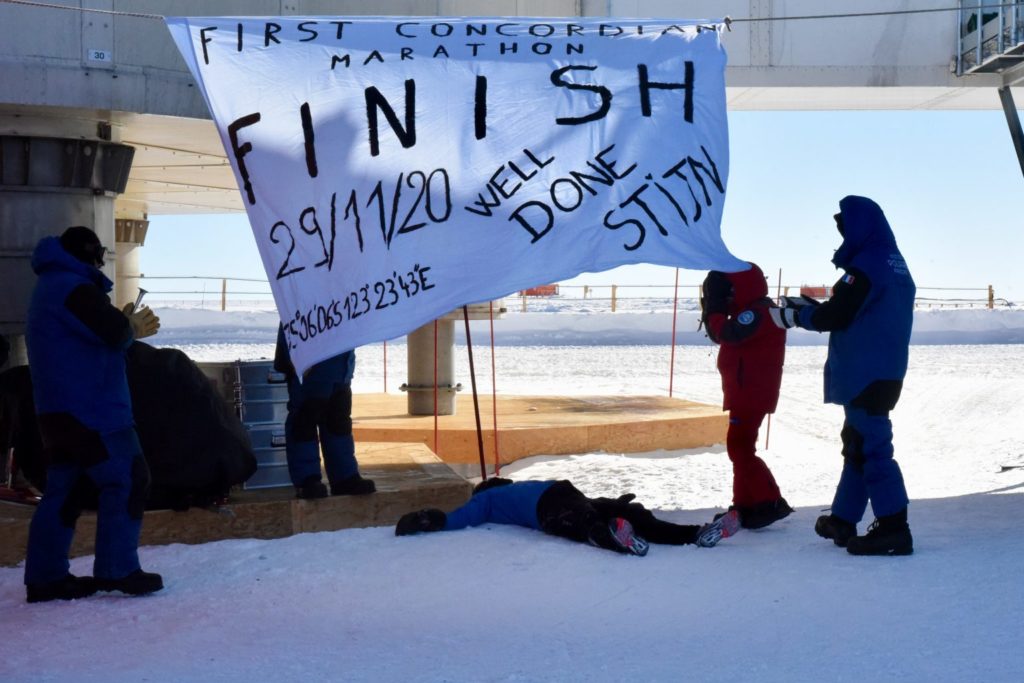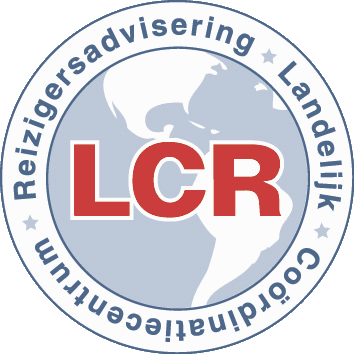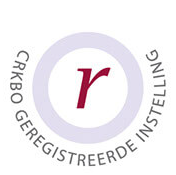Stijn Thoolen has been selected by the European Space Agency (ESA) to research Concordia, Antarctica from November 2019 up to and including the beginning of 2021. We occasionally receive an update from Stijn about his findings on this small, isolated part of the world. Today the tenth piece, in which he tells us about his marathon on Antarctica.
Concordia, November 29, 2020
Sunlight: 24 hours
Windchill temperature: -45 °C
Mood: positive, focused
Today is Sunday. We are on full summer campaign steam for two weeks now. There are about 40 people occupying the station, but today nobody works. Instead, I am wearing three layers on my legs, five on my torso, two pairs of socks, neck warmer, two balaclavas, hat, goggles, glove liners, mittens, radio, and of course my running shoes. I prepared two-and-a-half litres of isotone sport drink and extra electrolyte tablets against the dry desert atmosphere. Extra goggles for when my visor fogs from sweat that cools off in the freeze. Battery-powered heated gloves, air-activated hand- and feet warmers as well as another pair of shoes for when my body becomes unable to pump sufficient blood to my fingers and toes to keep them warm. Bananas and chocolate bars accommodating high energy demands at this altitude and these temperatures. Spare radio battery to make sure I maintain contact with the station. Tape for whatever unforeseen circumstances, and four volunteers and a skidoo standing by to support me with whatever I request.
Today I am going to run a marathon.

In environments like these you better make sure you are well prepared…
I guess I can sometimes be a bit of a dreamer. Not necessarily in the sense that I tend to lose touch with the world around me in order to float around in some self-invented realm in a galaxy far, far away (no worries, I do that too sometimes), but I do like to fantasize about doing things that are commonly perceived as unachievable. Or at least to say a challenge. Then afterwards I see myself devoting quite some time towards realizing (some of) such ideas, because it makes me feel good. Contradicting, right? Well, I have to admit I sometimes do find myself wondering why the … I got myself in an awkward position again, but overcoming a challenge in the end always makes me feel proud, and most importantly the experience that comes with it makes me learn.
As I have probably mentioned in all my previous blogs (hope I am not starting to bore you), I strongly believe that pushing yourself into an unknown (decide for yourself how) and leaving your comfortable space can broaden your horizon. We can allow ourselves to understand the world around us from new perspectives, and see new ways of tackling the difficulties that life will offer us. In that sense, I guess it can make us more resilient. Isn’t that exciting?
It is this curiosity that made me come to Antarctica in the first place, and enjoy the winterover experience that is often said to bring positive psychological impact to those who are able to overcome the challenge of being far from home in isolation and confinement. It is also why I like the bold endeavour of human spaceflight, where we are pushing our scientific and technological limits to get a better view on ourselves. Actually it is why I like science in general. Based on our ideas we make careful steps into the unknown, and then evaluate those steps to learn about the problems that we and our earth face today so that we can try to overcome them. In comparison to all this my undertaking today looks rather pale, but I figured it fits nicely into the theme. A small struggle, but for an enormous reward…
Ever since I have arrived in Antarctica the marathon has been on my list. Preparing for it has been a beautiful way to explore my physical and mental limits, and getting in touch with this strange environment here.

But it has obviously taken some effort to get to the point that I feel capable and confident enough to give this long-distance run a try. You can imagine that the low oxygen levels have required time for my body to transform into a more efficient fuel burner, and I have done plenty of runs outside the previous summer to understand how to dress up to prevent myself from freezing. Previous running experiences such as in humid India and the dry Moroccan Sahara have given me an idea of how to build up my training schedule and manage my fluid intake, and after all those years and kilometres I like to think I gained a reasonable sense of what physical fitness and running pace I need to maintain to prevent hitting the well-known ‘wall’. After all, a challenge can quickly become a danger if it is beyond our capabilities!

So today, after one year Concordia, some 70 running sessions, 200 kilometres in the snow and 850 kilometres on the treadmill I feel ready for it. An exciting long-term effort, that illustrates perhaps how I like to think of Concordia. Like spaceflight, it’s a place for bold endeavours and long-term science, to increase our resilience as a person, as a species, and as a planet, for a better future.
What do you dream about?





